Home » Onderzoek en diagnose » Tandheelkunde
Tandheelkunde
Tandheelkunde
- Onderzoek
- Internistisch
- Tandheelkundig
- Fysiotherapie
- Hoefsmid
- Supplementen
Openingsuren
- Ma - vrij : 8.00 - 17.30 uur
- Zaterdag : gesloten
- Zondag : gesloten
+31 (0) 6 22 00 21 61
+31 (0) 6 22 00 21 61
Onderzoek en behandeling van het gebit is mogelijk bij ons op de kliniek en bij 3 of meer paarden ook op locatie. Informeer gerust naar de mogelijkheden via het directe nummer 06 22 00 21 61.
Een gezond gebit is van groot belang voor het welzijn, de voeropname én de prestaties van het paard. Jaarlijks komen de kiezen/tanden van het paardengebit gemiddeld 2 tot 5 mm door, wat normaal gesproken wordt gecompenseerd door natuurlijke slijtage tijdens het kauwen. Wanneer de slijtage niet gelijkmatig verloopt, kunnen diverse gebitsproblemen ontwikkelen die ongemerkt leiden tot pijn, verminderde prestaties of zelfs gedragsveranderingen.
Onderzoek van het gebit
Tijdens het onderzoek gebruiken wij een goede lichtbron of een dentale endoscoop om het gebit tot in detail te inspecteren. Zo kunnen wij vroegtijdig problemen opsporen zoals haken, afwijkende slijtage, diastasen, fracturen, cariës of een open wortelkanaal. Indien nodig maken we aanvullend röntgenopnamen of een CT-scan voor een volledig driedimensionaal inzicht.
Klinisch onderzoek
- Onderdeel van het gebitsonderzoek is het beoordelen van de symmetrie van het hoofd, de kauwspieren, de kaakgewrichten, lymfeknopen, lippen, mondhoeken en tong op afwijkingen en gevoeligheden.
- Beoordeling van de algemene stand van de kiezen en snijtanden.
- Analyse van de slijtagepatronen om eventuele onevenwichtigheden in de occlusie (kauwbalans) vast te stellen.
Gebitsinspectie met een mondsperder
- Gedetailleerde beoordeling van de snijtanden en kiezen met behulp van een mondsperder en goede verlichting. In verband met welzijn van het paard wordt dit onder sedatie uitgevoerd.
- Beoordeling van scherpe randen en haken die ongemak en pijn kunnen veroorzaken tijdens het eten of het rijden.
- Controle op onder meer fracturen, perifere of infundibulaire cariës (tandverval), wortelproblemen en diastasen (ruimtes tussen kiezen die voedsel kunnen vasthouden en ontstekingen kunnen veroorzaken).
Endoscopie van het gebit
- Inspectie van moeilijk zichtbare structuren met behulp van een tandheelkundige endoscoop.
- Beoordeling van diastasen, ontstekingen en andere afwijkingen.
Het onderzoek én de behandeling worden uitgevoerd onder sedatie. Dit zorgt voor meer rust en ontspanning bij het paard tijdens de behandeling. Ook verbeterd dit het zicht in de mond en een betere kwaliteit van het onderzoek en de behandeling.
Wij maken gebruik van de meest moderne apparatuur voor zowel onderzoek als behandeling, waarmee nauwkeurig en veilig gewerkt kan worden. Een gebitscontrole en/of behandeling kan plaatsvinden op de kliniek, maar bij drie of meer paarden is het ook mogelijk om deze op locatie uit te voeren.
Gebitsbehandeling door specialisten
Onze tandheelkundige zorg wordt geleverd door dierenartsen en gebitsverzorgers welke opgeleid zijn op de Academy of Equine Dentistry (Idaho, USA), in nauwe samenwerking met de rest van het SMDC-team. Belangrijk onderdeel van het onderzoek is het beoordelen en balanceren van het gebit, zodat de kauwvlakken optimaal functioneren en overbelasting van kaak- en halsregio wordt voorkomen.
Beter voorkomen dan genezen
Symptomen bij (mogelijke) tandheelkunde problemen
Problemen met kauwen, overmatig speeksel of een onrustige aanleuning kunnen duiden op gebitsproblematiek.
Subtiele symptomen zoals een doffe vacht, slecht eten, vermageren of prikkelbaar zijn.
Je voelt dat er iets niet klopt, minder enthousiasme, plotseling verzet of snel vermoeid zijn.
